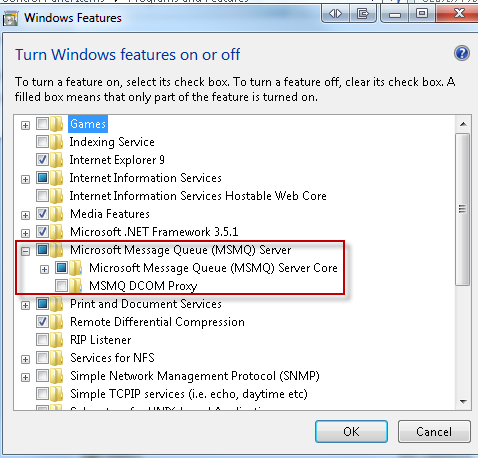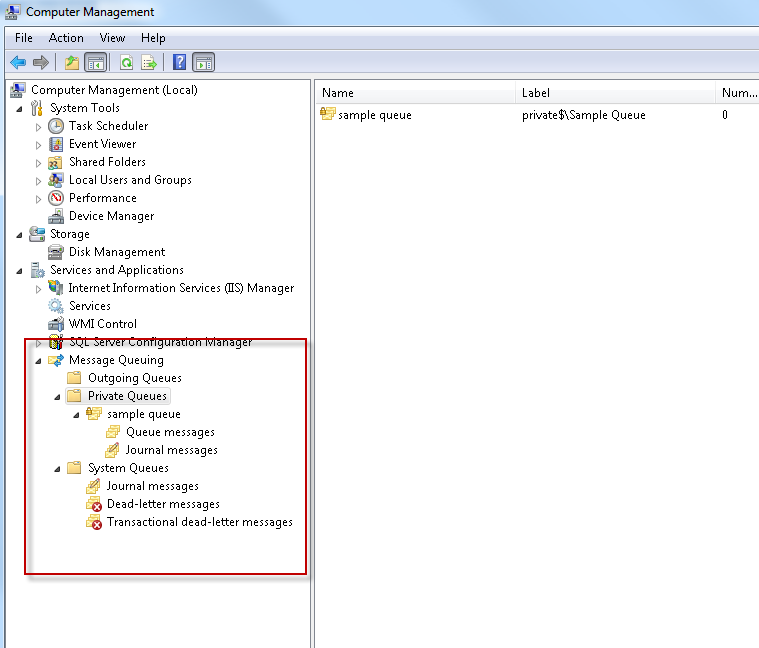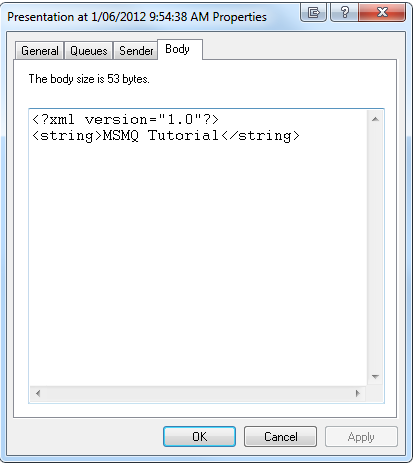This is the javascript coding standard that my colleague found on Github, but seriously this is a good standard and I recommend it to any developer
Month: June 2012
In silverlight, normally we apply style per XAML file by adding the style into UserControl.Resources section. Sample below
http://pastebin.com/embed_iframe.php?i=FgjnHqAT
and to apply the style in the control we do
http://pastebin.com/embed_iframe.php?i=veWGiyNh
but let’s say you want to have a global style to all of your XAML, how do you do that?You can put your style into app.xaml and then the way to refer the style in your control is as per above so basically the way you apply the style will remain the same but the difference is only where you put the style
I would like to share my working experience at VMWare, in this last 1 year we have been improving a lot in our software development process
Last year, We had much much higher regression rate and it’s all back to the battle against developers and QA. We as developer always try to make our self look right and always feel confident that we are taking the right approach and there is no flaw in our code.
Once the build is started and installed, then QA start raising bugs to us and this process of back and forth is really not efficient and causing the software released to be delayed, frustrated developers and frustrated QA and it affects the whole thing
So how do we improve the quality
1. Code Review
-We are using Review Board to do code review before we check in the code and not after. We need to get “Review Passed” by other developer before we can check in (we use post-review command line with the changeset number to post the review)
-We need to write down our “Unit Testing” (e.g login to admin, press button A then it shows ABC) in our review
*We don’t use TFS but TFS has its own code review, but if you want to use Review Board for TFS then you can read awesome article here
2. User Acceptance Criteria
-This is a simple things that we never thought before, what we are doing now is to sit to have a developer and QA to sit together and draft the test cases for a task that the developer is going to do
-Important, we don’t start the coding first. By doing this, the developer can think about their solution carefully before writing the code and look from the broader perspective
3. Unit testing
–when you have your code base flexible or modular then you can start writing unit test first before start writing the code. So you write the code to pass that unit testing criteria – TDD (Test Driven Development)
-When I say the code base is flexible or modular means that it is possible for you to inject your unit testing with some fake data/implementation
4. Developer need to be pride with its own code
–We as the developer need to put pride in the code, we need to be able to explain of what your code does to other developer
-Developer need to be able to explain why your coding/solution approach is better than other coding/solution approach
-Always think maintainability, make sure you are not over engineered the solution and make sure the code is easy to understand and maintained. Make sure the code can be extensible easily in the future by other developer
-Always think scalability, how scalable is your solution when the system is growing larger
-Don’t forget to put comment in your code because it will help a lot for other developers
Conclusion
This all will take longer to start doing this, but once you and the team get used to this process then you will see the better quality of software and less frustration for the developers and QA. It will be faster at the end of the day because of less bounce back from the QA team to the developer and it results on more productivity for both teams.
It’s not a simple process but one keyword that you need to keep in mind “Believe” that this process will work
I write this article in advance for my technical presentation. MSMQ is a messaging platform by Microsoft and it is built-in on the OS itself.
Installation
1. To install MSMQ, you can go to “Add/Remove program” then go to “Turn Windows features on or off” and then check “Microsoft Message Queue” Server
2. Check in the Services (services.msc), it will install “Message Queuing” service and “Net.Msmq Listener Adapter” and it should be automatically started once you have installed it
3. Make sure that these ports are not blocked by your firewall because MSMQ are using this ports
TCP: 1801
RPC: 135, 2101*, 2103*, 2105*
UDP: 3527, 1801
Basic Operation
1. in order to see your queue, you can go to “computer management – right click my computer and select manage”. Go to Services and Applications node and there will be a sub node called as “Message Queuing”
2. From this console, you can see all the messages that you want to see
3. in my presentation slides there are definitions of private queues and public queues or you can get more detail from MSDN.
4. For this tutorial, please create a private queue called as “Sample Queue” by right clicking the private queue and select “Add”
Coding tutorial
*Please import System.Messaging
1. How to send a message into a queue
- private const string MESSAGE_QUEUE = @”.\Private$\Sample Queue”;
- private MessageQueue _queue;
- private void SendMessage(string message)
- {
- _queue = new MessageQueue(MESSAGE_QUEUE);
- Message msg = new Message();
- msg.Body = message;
- msg.Label = “Presentation at “ + DateTime.Now.ToString();
- _queue.Send(msg);
- lblError.Text = “Message already sent”;
- }
2. Check the queue through MMC console – right click and select refresh
2. Right click on the message and go to Body then you can see that the message is being stored as XML
3. How to process the queue?See the code snippet below
- private const string MESSAGE_QUEUE = @”.\Private$\Sample Queue”;
- private static void CheckMessage()
- {
- try
- {
- var queue = new MessageQueue(MESSAGE_QUEUE);
- var message = queue.Receive(new TimeSpan(0, 0, 1));
- message.Formatter = new XmlMessageFormatter(
- new String[] { “System.String,mscorlib” });
- Console.WriteLine(message.Body.ToString());
- }
- catch(Exception ex)
- {
- Console.WriteLine(“No Message”);
- }
- }
–Queue.Receive is a synchronous process and by passing the timespan into the function, meaning that it will throw exception of Timeout if it hasn’t received any within the duration specified
-The formatter is used to cast back to the original type
-Then you can collect the message by using “Message.Body”
-Once it’s done the message will be removed from your queue
Conclusion
Pros:
–Ready to be used – It provides simple queuing for your application without you need to recreate one/reinvent the wheel
–Interoperability – It allows other application to collect/process the message from MSMQ
Cons:
-Message poisoning can happen (when a message cannot be process and blocks entire queue)
-Message and queues are in proprietary format which cannot be edited directly
-The only tool is MMC administration console, or you can buy QueueExplorer (3rd party software)
My Slides:
http://portal.sliderocket.com/vmware/MSMQ-Microsoft-Message-Queue
*DISCLAIMER:this tutorial does not represent the company that I’m working for in any way. This is just a tutorial that I created personally




